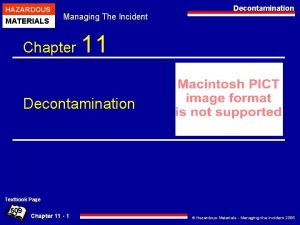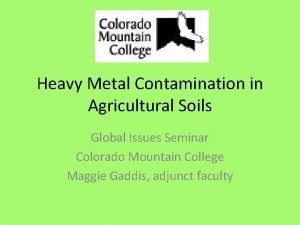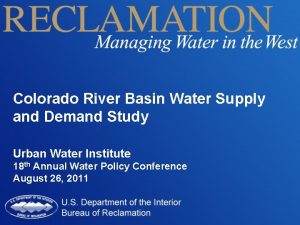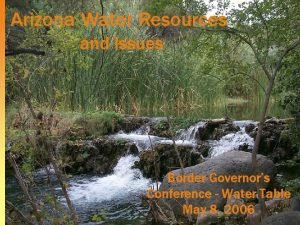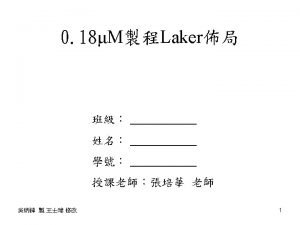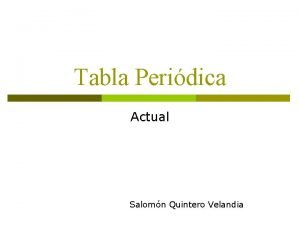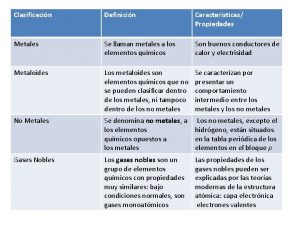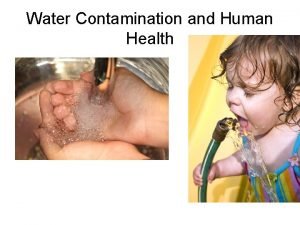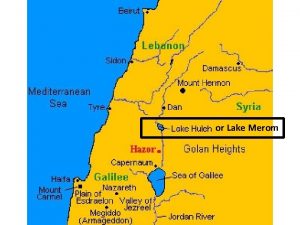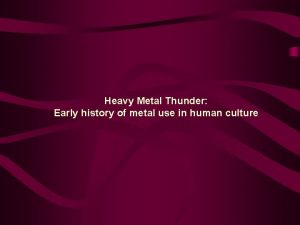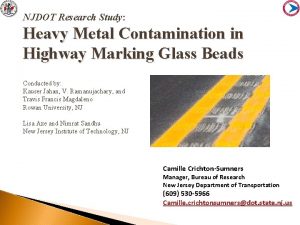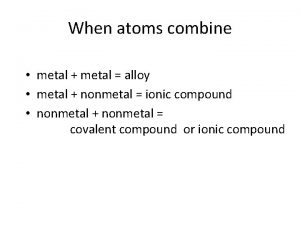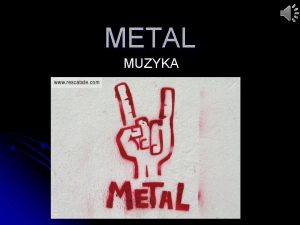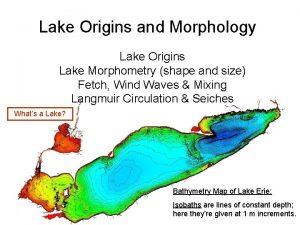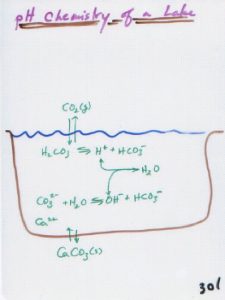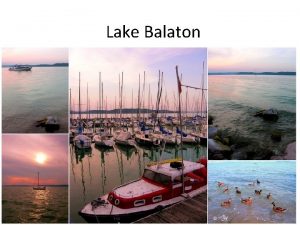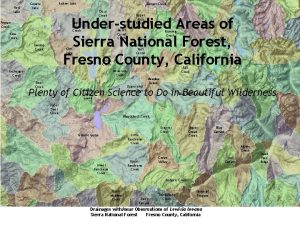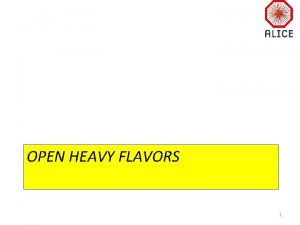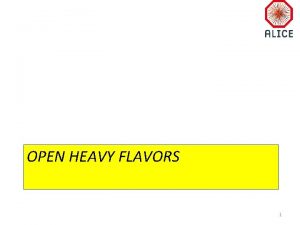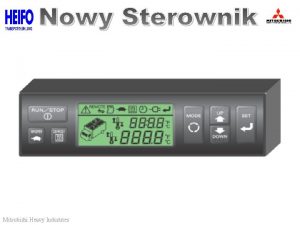Heavy Metal Contamination History of Renuka Lake Sarah




















- Slides: 20

Heavy Metal Contamination History of Renuka Lake Sarah Perkins

About the Lake • Between the Lesser Himalaya sedimentary rocks • Dolomitic limestone, slate, quartzite, calcareous, carbonate, shale, sericite, etc. • 150 -200 cm of rainfall annually • Main sources of water are from monsoon rain and underground seepage

Introduction • Purpose- Determine the heavy metal contamination history of Renuka Lake from 18932003 • Reason- Himalayan lakes are facing an acute problem of survival due to an increase in toxic elements in the water and sediments • Goal- To understand the heavy metal load and possible sources

Materials and Methods • Sampling • ICP-MS analysis

Dating • 210 Pb • Half life of 22. 26 years • Supported 210 Pb from surrounding rocks • Unsupported 210 Pb from atmosphere • 137 Cs • Half life of 30 years • Maximum fallout in 1963

Statistical Analysis • Contamination factor • Degree of contamination

Statistical Analysis • Geo-accumulation Index • Pollution load index

Results • 210 Pb • Top 0 -19 cm 2011 -1974 • Sedimentation rate= 0. 51 cm/yr • 19 -37 cm 1974 -1950 • Sedimentation rate= 0. 78 cm/yr • Average sedimentation rate= 0. 64 cm/yr • 137 Cs • Highest concentration at 37. 5 cm 1963 • Sedimentation rate= 0. 79 cm/yr

Results • Lead, chromium, cobalt, copper, zinc, and nickel all showed similar trends from 2003 -1839 but with different amplitudes

Results- Lead (Pb) • Natural sources • Detrital quaternary sediments (Kfeldspar, plagioclase, carbonates) • Shale • Lake based sulfide minerals • Anthropogenic sources • Vehicle emissions • Acid batteries • Paints • Sewage

Results- Chromium (Cr) • Natural sources • Quartzite • Chlorite • Anthropogenic sources • Stock farms • Industries • Agro-chemicals

Results- Cobalt (Co) • Natural sources • Olivine • Pyroxine • Mica • Garnet • Anthropogenic sources

Results- Copper (Cu) • Natural sources • Silicates • Carbonates • Copper sulfides • Other evaporate minerals • Enriched in shale • Anthropogenic sources • Coal burning • Atmospheric deposition • Vehicle emissions • Gas, diesel, and lubricant combustion

Results- Zinc (Zn) • Natural sources • Anthropogenic sources • Metal plating and related works

Results- Nickel (Ni) • Natural sources • Mafic and ultra mafic rocks • Anthropogenic sources • 1975 - metallic waste dumping

Results- Manganese (Mn) • Natural sources • Shale • Dolomite • Anthropogenic sources • Burning fossil fuels • Sewage • Mining

Results- Contamination Factors

Results- Positive Correlation • Strong • Cr- Cu, Ni, Pb • Cu- Zn, Ni, Pb • Zn- Ni, Pb • Ni- Pb • Moderate • Cr- Zn • Co- Cr, Cu, Ni, Pb

Results- Comparison

Conclusion
 Tse bse certificate in pharmaceutical
Tse bse certificate in pharmaceutical 4 types of decontamination hazmat
4 types of decontamination hazmat Top heavy bottom heavy asymptotes
Top heavy bottom heavy asymptotes Heavy lift & transport dequincy
Heavy lift & transport dequincy One way ticket to midnight heavy metal
One way ticket to midnight heavy metal Heavy metal pollution
Heavy metal pollution Littoral limnetic and profundal zones
Littoral limnetic and profundal zones Lake powell and lake mead
Lake powell and lake mead Lake powell and lake mead
Lake powell and lake mead Solid liquid and gas venn diagram
Solid liquid and gas venn diagram Compare metals nonmetals and metalloids
Compare metals nonmetals and metalloids Dp periodic table
Dp periodic table Non metals melting and boiling points
Non metals melting and boiling points Deep n well
Deep n well Uses of nonmetals
Uses of nonmetals Metal and non metal elements in periodic table
Metal and non metal elements in periodic table Ionic compounds have
Ionic compounds have P
P Chemical bond def
Chemical bond def Metales no metales y metaloides
Metales no metales y metaloides Non metal example
Non metal example

